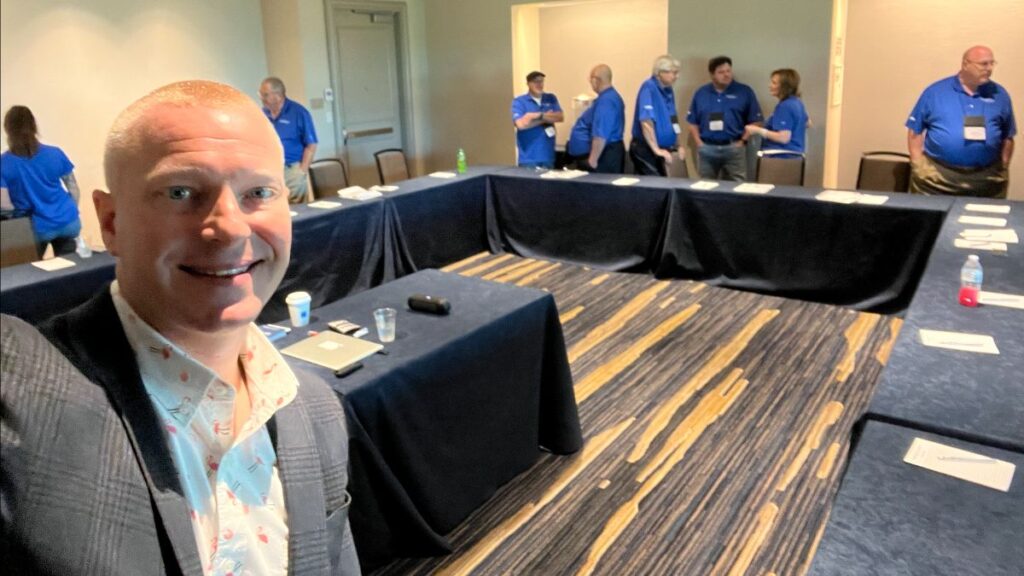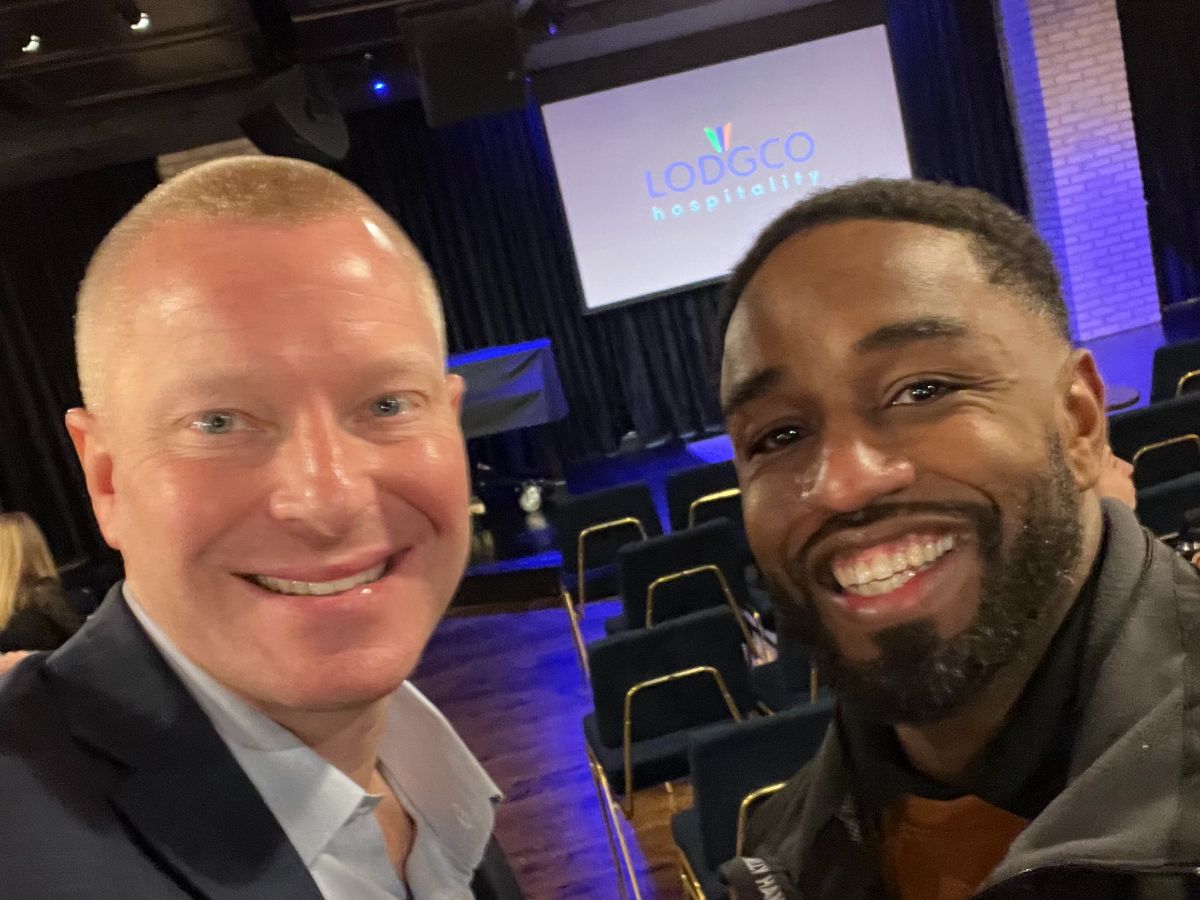One-On-One Meetings Have Increased Over 500% – Are You Wasting Your Time?
Prior to the pandemic, professionals used to average 0.9 one-on-one meetings a week, that average has since increased to 5.6 one-on-one meetings a week, a 500% increase (reclaimai).
If you’ve been reading my blogs, have worked with me, or are in the learning and development space yourself, you know…all humans crave interaction and connection. After (and during) the pandemic that need was only heightened.
This significant increase in one-on-one meetings showcases that leaders across the board got the message that they need to make time to interact and connect with their team.
But are all one-on-one meetings created equal? Does blocking off your calendar automatically result in your team feeling more connected to you? Of course not.
Here are 5 keys to ensuring your one-on-ones are well worth everyone’s time:
- Prioritize your one-on-one meetings.
- Establish rapport and build trust, one conversation at a time.
- Share the context of where the team is today and your vision for the future.
- Allow time to give and receive feedback.
- Commit to Connection.
Let’s dive deeper into each key.
1 – Prioritize your one-on-one meetings.
Though many leaders know they should have one-on-one meetings regularly with each person on their team, this is a meeting that often gets pushed back, rescheduled, or even worse, canceled.
How can your team members begin to feel significant or connected to you or within the company if their time with you is consistently not prioritized?
According to reclaimai, “42.4% of one-on-one meetings are rescheduled every week” and “118.7 one-on-one meetings are rescheduled per person each year”. Also according to reclaimai, “on average, 29.6% of one-on-one meetings are canceled” and “the average professional cancels 82.9 one-on-one meetings a year”. Between canceling and rescheduling meetings, the average worker spends 24.4 minutes a week updating their calendars (reclaimai).
Working with leaders over the years both as a team leader, myself, and as a consultant, I’ve seen why so many leaders skip the one-on-one. All too often leaders will ask me, “What do I talk about for the 30 to 45 minutes with each person?”
Managers, Directors, and even Vice Presidents have a tendency to “overthink it.” As with most things in life and especially in leadership, we have an opportunity to simplify the ever-important, yet often skipped one-on-one meeting.
Anyone who’s experienced a leader of their own making sure this is never a meeting that gets skipped or canceled will tell you it’s their favorite hour of the week. Here’s why: it’s a human interaction and connection all humans crave. We’re all wired to connect and relate to each other. For anyone who takes pride in the work they do and especially for whom they do it, an hour of connection with your direct leader can be the difference between a good day or week and a bad one.
The next three keys will guide you to know exactly what to talk about during your one-on-ones.
2 – Establish rapport and build trust
Regardless of where you are in your relationship with each individual, the opportunity is to simply meet them where they are. When you’re intentional about learning more about each person on your team – what inspires them personally and what motivates them professionally – they begin to trust you more and more along the way.
3 – Share context: where you see the team today and especially your vision for the future
In the absence of one-on-one conversation and connection, it’s amazing what we have a tendency to conjure up in our minds. Unless or until they hear it straight from the source, in this case, you, as the leader in the situation, who knows what they might believe about where they stand today and where they fit into the future plans.
Meeting one-on-one with each person gives you the opportunity to share with each individual two things – 1) Your take on what’s actually happening today, and 2) How you envision each person fitting into the future you’re creating together. When each person knows they matter to you, as the leader, they open up a little more to the idea of receiving your guidance, coaching, and direction. Especially when they hear you talk about them having an integral role in creating a successful future for the team, overall, they’ll walk out of your office and back into the operation with renewed purpose and passion after every single one-on-one meeting.
4 – Give and receive feedback
In the absence of feedback, we seldom grow, mature, and become our best. Giving feedback is, of course, essential for any leader’s ability to successfully build and grow a team. However, receiving feedback is just as important. The underlying value in giving and receiving feedback is that it’s simple, two-way communication which allows both parties to share and receive. The result is the wisdom shared and wisdom gained, for how both can become better tomorrow than they were today.
Notice the order in which these were presented. It was purposeful, as it symbolizes the same order in which great leaders facilitate effective one-on-one meetings with each person on their team.
Establishing rapport and building trust lays the foundation. Then and only then will people open up to the leader’s ideas, let alone their vision for the future. And unless they trust you or feel they’re a part of what you’re building, they won’t share feedback, nor will they listen to yours.
Don’t skip your one-on-ones. They can be the most important and uplifting part of your week, for you and each person on your team.
5 – Commit to Connection
Need further support in getting your entire team onboard with creating a connected culture? Learn more about the Lead with Hospitality Commitment to Connection Learning Experience here or check out all the ways you can work with my team and I here.
In Commitment to Connection, your leadership team will learn:
- The psychology of motivating people.
- How to engage in effective one-on-one meetings to connect with teams on a personal, human level.
- How to prepare for and facilitate productive team meetings that bring members closer together; building trust and a sense of purpose within the team’s culture.
- How to use ongoing meaningful written communication to convey team goals whether employees are in the office or working from home.
Learn more about Commitment to Connection here.









